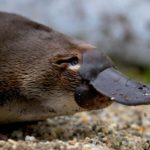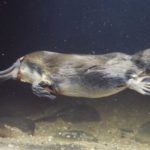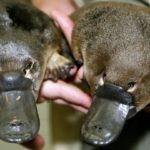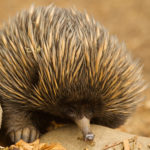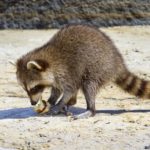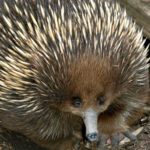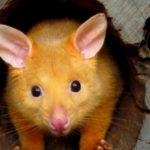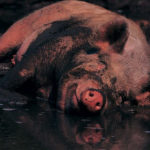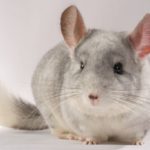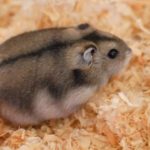20 interesting and fun facts about platypuses
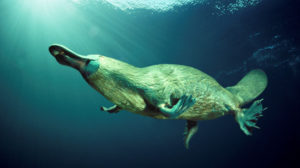 Amazing animal platypuses for decades have confused scientists. The scientific community was literally perplexed when faced with this strange creature, and many did not even believe that this was a real animal, not a fake stuffed animal, until they saw with their own eyes a living platypus. However, even now it is not so easy to see them – most likely, you will have to go to Australia for this.
Amazing animal platypuses for decades have confused scientists. The scientific community was literally perplexed when faced with this strange creature, and many did not even believe that this was a real animal, not a fake stuffed animal, until they saw with their own eyes a living platypus. However, even now it is not so easy to see them – most likely, you will have to go to Australia for this.
They sometimes hold many small stones behind their cheeks. Pebbles help them chew food.
Most aquatic animals swim with their hind limbs, but not the platypus. They row the front, and the rear they rule.
Like beavers, they accumulate fat reserves in the tail.
Platypuses are strictly nocturnal, and sleep during the day.
Their eyesight is weak, and they don’t see anything with water, they don’t hear and do not smell. They hunt with the help of a unique natural mechanism – the platypus feels the smallest discharges of electricity created by the tension of the muscles of their potential prey. They focus on them.
Being mammals, platypuses, however, lay their eggs. And quite small, less than 1 cm in diameter.
Where they live, there is no cold, but still once a year they hibernate for about 7-8 days.
Platypuses spend more than half their lives in water.
Most mammals on Earth have 2 sex chromosomes each. The platypuses have as many as 10.
Young individuals have eight teeth in their mouths, but these teeth are short-lived. When they are abraded, keratinous plates begin to perform their function.
In the wild, platypuses are found only in Australia.
An adult has an average body length of 30-35 cm, and weighs no more than two kilograms.
The beak of the platypus is actually two U-shaped bones covered in skin.
For 27 years the world scientific community could not decide who the platypuses are — mammals, reptiles, or birds. As a result, they were still attributed to mammals.
Platypuses have no nipples. The milk secreted by females during lactation flows down the wool, where the cubs lick it.
At first, these animals were considered related to moles. As later studies have shown, this was not true. And the closest biological relatives of the platypus are echidna.
Female platypuses by about 30; inferior to males in size and weight.
After the discovery of Australia, scientists in Europe did not believe in the existence of platypuses, and the skins and stuffed animals that were delivered to them were taken for fake. No one could simply believe that such strange creatures were found in the world.
The platypus is depicted on one of the Australian coins.
The metabolic process in these animals is slower than in any other terrestrial mammal.

